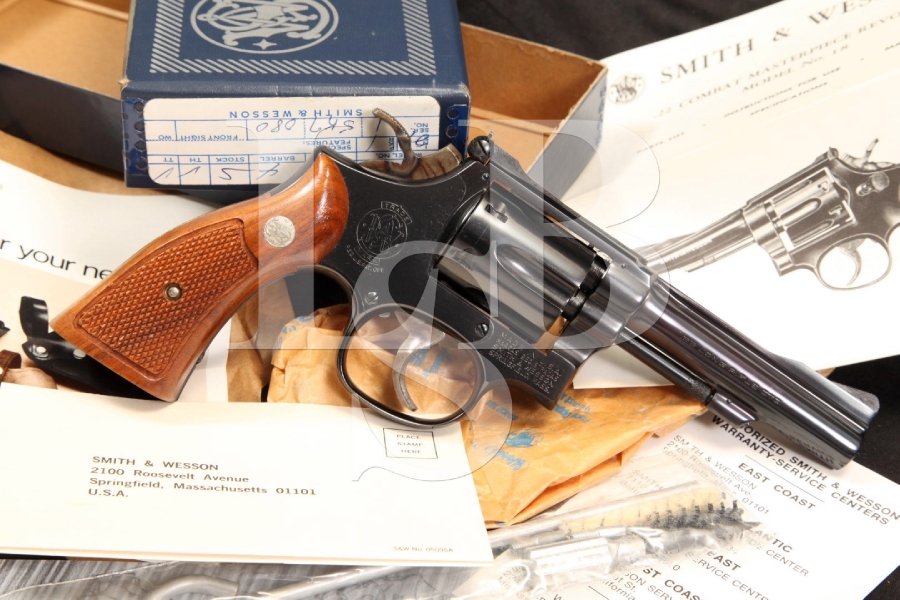


So I can learn more about unusual variations.* However, I would be happy for people to send me photographs of their revolvers All questions should be addressed to the appropriate sub-forum of the Smith & Wesson Forum. I am not an expert on Smith & Wesson revolvers, so please do not write to me asking questions about your gun.

Early and late examples of any model (or change) may show differences from standard production guns, due to the use of left-over parts, or toĬhanges that may have been introduced before patent inscriptions were updated. 32 Hand Ejector revolvers, but for every generality thereĪre usually several exceptions. I have tried to offer information about the standard production versions of small (I Frame) Smith & Wesson. Resource for people who wish to look up patents that are listed only by date on older Smith & Wesson revolvers. The patents were applied to Hand Ejectors in all frame sizes and calibers, so this article can serve as a Numbers and descriptions so that readers can do research for themselves. Patent Office or from the German Patent and Trade Mark Office. I have added information on patents which is not readily available elsewhere, though I have not reproduced drawings from every patent, as the patents are available online from the U.S.

I have also had generous assistance from several collectors from the Smith & Wesson Collectors Association. Standard Catalog of Smith & Wesson by Jim Supica and Richard Nahas. Jinks, with additional information taken from The 38 Smith & Wesson revolvers.ĭetailed information included in this article is largely based on the book, Smith & Wesson, 1857-1945, by Robert J. Though after the First Model many innovations were actually driven by, and appeared first in, the larger (K frame). 32 Hand Ejector because it was the first Smith & Wesson to have a swing-out cylinder, even The goal of this article is to trace the evolution of the first truly modern revolver.


 0 kommentar(er)
0 kommentar(er)
